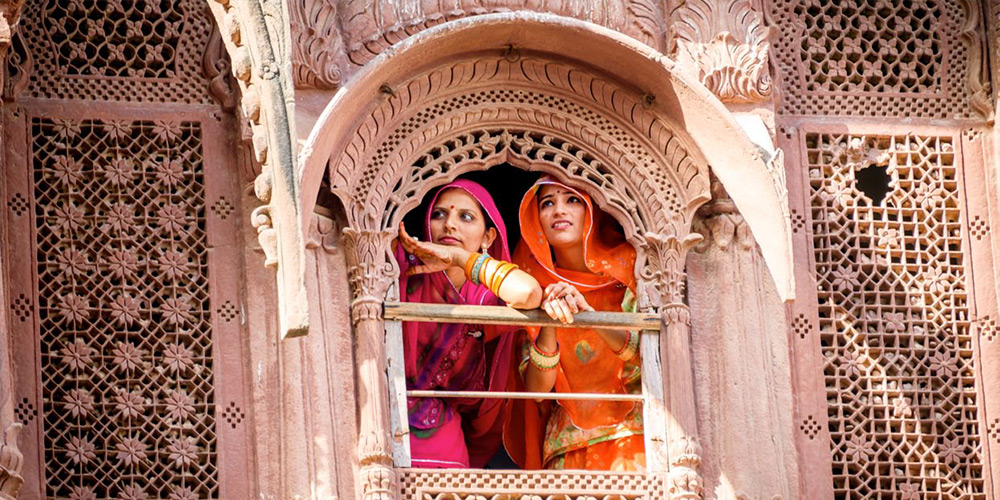As winter days make an appearance this is the best time to discover the many charms of Rajasthan’s erstwhile royal city of Jodhpur. What’s better still for understanding its unique character as a desert outpost is to travel around town with a knowledgeable local, whose personal love for it provides rare insights into this ever-popular holiday destination.
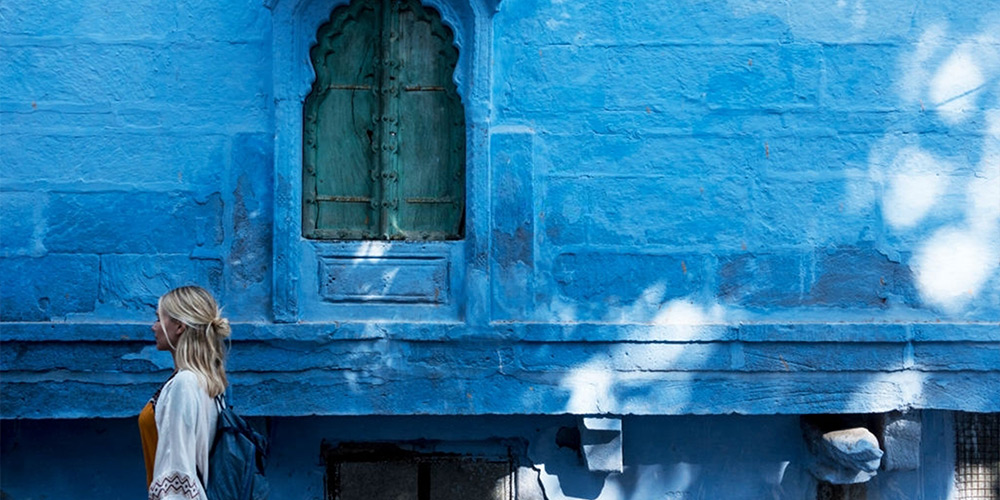
Looking down on the Old Town from the ramparts of Mehrangarh Fort it intrigues many first-time visitors as to why the houses are all painted blue since the 15th century. Easily shouldering its moniker as the “Blue City”, Jodhpur offers visitors some unusual reasons for this notable description. Your local guide will reveal the several versions of how it came to be named thus: One strongly prevailing belief is that it was a sign of the high caste Brahmins who resided in the streets of the Old Quarter; another version is associated with Lord Shiva, whose entire body turned blue when he swallowed the venom, he swallowed to save the planet during the fabled Samudra Manthan (Churning of the Ocean Milk). His devotees in veneration of him painted their homes blue. Another belief is that the houses were painted blue to halt the invasion of termites which were rather fond of the old city; there’s another one which says it’s because of its proximity to the Thar Desert, the houses were painted blue to keep them cool. Whatever version you prefer to go with, it is a charming subject to open up conversations over chai with the local residents you get to meet.
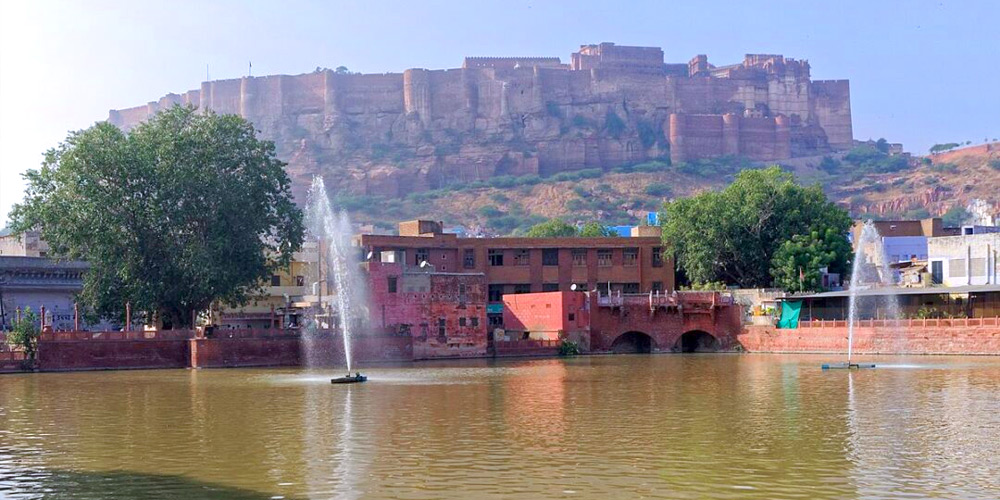
While adapting to the unique living conditions of this desert environment Jodhpur has always been especially obsessed with the conservation of water. Your walk-through town will also put the spotlight on a host of architectural features that address this special need for the city’s survival; there are wells, ornamental lakes, and step-wells to discover and stories related to some of them to uncover. Of significance are the Ranisar Lake near the Fateh Pole in Mehrangarh and the nearby Padmasar Lake. Ranisar Lake was established in 1459; Padmsar Lake was built by the daughter of Mewar’s legendary Rana Sanga. Stop by Gulab Sagar Lake near Sardar Market. It dates back to 1788 and takes its name from Gulab Rai the concubine of Maharaja Vijay Singh who built it to replace an old baoli. The source of its waters is the serene Bal Samand Lake, a popular picnic spot today. A medley of palaces, temples, and wells surround the complex; check out the Mahlyabagh Jhalra, a kind of stepped pond. Above the lake is an old palace now run as a school for girls. You can also visit the Kunjebihari Temple, dedicated to Lord Krishna; it stands close to the shoreline of the lake.; it has a beautiful statue of Meera Bai, a great devotee of Lord Krishna, who is enshrined in the inner sanctum.
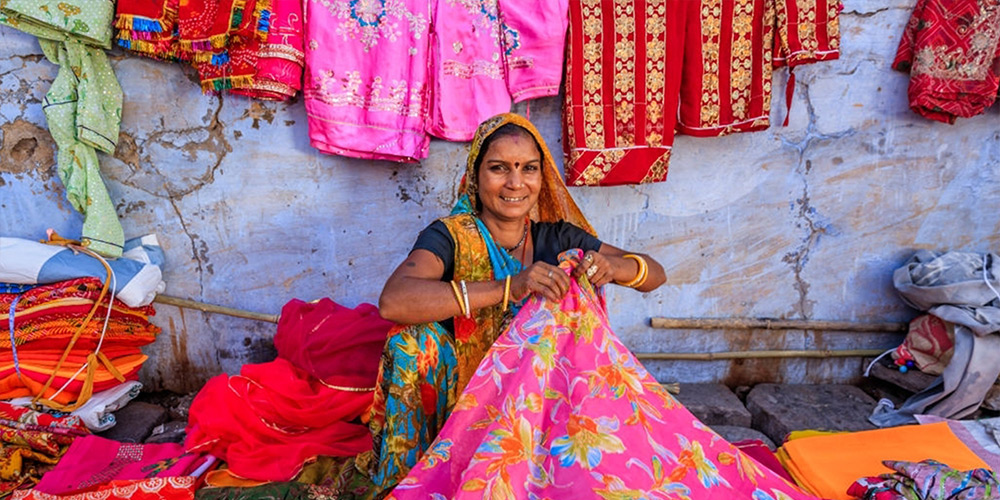
Exploring the enchanting Old Town turns out to be more fun as you mingle with the local residents going about their everyday routines in the bustling lanes; d chat up vendors hawking traditional crafts spilling out from shop fronts. Did you know that Sardar Market, one of the oldest in the city is said to have over 6,000 tiny shops hawking all manner of goods. Spend special moments learning about that journey from, loom to rooms, of the ancestral skills of duree making, which the shopkeepers are helping keep alive while looking for custom for their range of goods. A good place to hunt for souvenirs is the Clock Tower area and Nai Sadak.
Tuck into popular street snacks such as pyaz kachori jalebi, and mirchi vada, as you wander through the bustling bazaars, bumping into locals from the nearby rural areas in town for shopping— the men all dressed traditionally in colorful turbans and the womenfolk in glittery mirror-work skirts teamed with colorful cholis, chunky silver jewelry and odhnis.
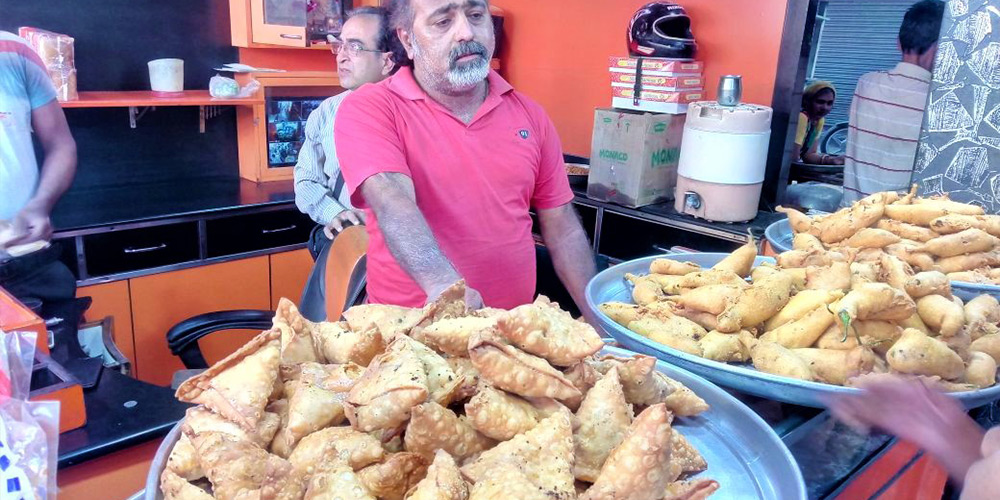
Discoveries galore don’t end at Jodhpur’s Old Quarter. The grand Meherangarh Fort, the city’s built-up monuments and sepulchral buildings, and rural expanses have much to offer as well. Reason enough to stagger your visits to do full justice to immersing yourself in this wondrous royal outpost in the desert lands of Rajasthan.
